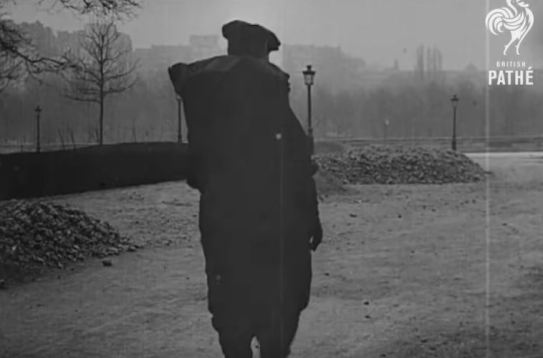The Patchwork Girl of Oz
R: J. Farrell MacDonald. B: L. Frank Baum. D: Violet MacMillan, Frank Moore, Raymond Russell. P: The Oz Film Manufacturing Company. USA 1914
“Ojo and Unc Nunkie are out of food, so they decide to journey to the Emerald City where they will never starve. Along the way, they meet Mewel, a waif and stray (mule) who leads them to Dr. Pipt, who has been stirring the powder of life for nine years. Ojo adds plenty of brains to Margolotte’s Patchwork servant before she is brought to life with the powder. When Scraps does come to life, she accidentally knocks the liquid of petrifaction upon Unc Nunkie, Margolotte, and Danx (daughter Jesseva’s boyfriend). So all go on separate journeys to find the ingredients to the antidote. (Of course Jesseva has Danx shrunken to take with her, which causes trouble with Jinjur.) Of course, no one ever told Ojo that some of the ingredients were illegal to obtain…”
Scott Hutchins
IMDb
“The Oz Film Manufacturing Company was an independent film studio from 1914-1915. It was founded by L. Frank Baum (president), Louis F. Gottschalk (vice president), Harry Marston Haldeman (secretary), and Clarence R. Rundel (treasurer) as an offshoot of Haldeman’s social group, The Uplifters, that met at the Los Angeles Athletic Club. Its goal was to produce quality family-oriented entertainment in a time when children were primarily seeing violent Westerns. It was a critical but not a commercial success; even under a name change to Dramatic Feature Films, it was quickly forced to fold. The studio made only five features and five short films, of which four features (in part) and no shorts survive.
The company is best known for three of its films that survive, albeit with missing footage, today: The Patchwork Girl of Oz, The Magic Cloak of Oz, and His Majesty, the Scarecrow of Oz.
The studio was located on Santa Monica Boulevard between Gower Street and Lodi Street. The facility would later be used by Famous Players-Lasky and National Film Corporation of America. It was considered state-of-the-art at the time. It was used almost exclusively for interior shots. Exterior shots were done outdoors rather than simulated in the studio.”
Wikipedia
His Majesty The Scarecrow of Oz
R: Farrell MacDonald. B: L. Frank Baum. D: Violet MacMillan, Frank Moore, Pierre Couderc, Fred Woodward, Raymond Russell, Mildred Harris. P: The Oz Film Manufacturing Company. USA 1914
“Unlike its brethren, His Majesty, The Scarecrow Of Oz was not adapted for the screen by Frank Baum from one of his novels, but was filmed instead from an original screenplay. Baum used the production of this film to try out ideas he was still mentally shaping for his next Oz novel, hoping that the film’s success would act as a promotional boost for The Scarecrow Of Oz, which would not be published until the following year. In this, as in so much else, Baum was destined for disappointment. (…)
His Majesty, The Scarecrow Of Oz received a cinema release in October of 1914; but while it was well-received by the critics, it was not so by the paying public. The film was released again early in 1915, under the title The New Wizard Of Oz, and it did a little better; but it never came near to recovering its costs. This was a crippling blow for The Oz Film Manufacturing Company, but Baum and his companions battled on for a time. In December of 1914 they released another feature-film, The Last Egyptian, based upon an adult novel that Baum originally published anonymously (a film which apparently featured Fred Woodward in a non-suit role!): only three of the film’s five reels still survive, and they are now held by MOMA. The company also made Violet’s Dreams, a series of short films for children featuring Violet MacMillan, at least one of which she also directed.”
and you call yourself a scientist!?
 Gustave Doré: Dante’s Inferno
Gustave Doré: Dante’s Inferno

